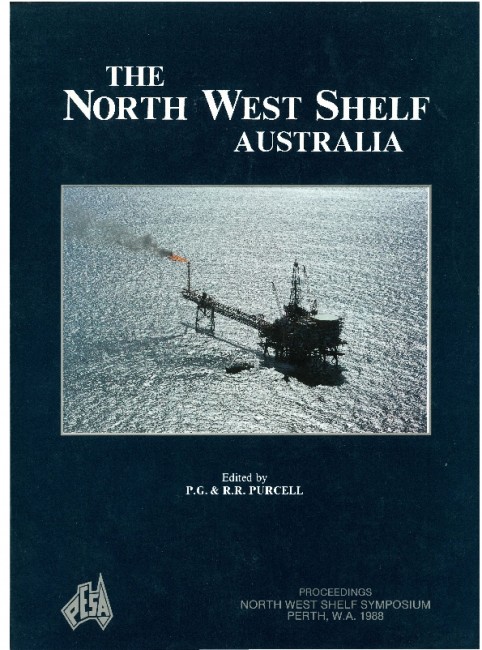Publication Name: The North West Shelf Australia
Authors: R.G. Brown
Date Published: July 1988
Number of Pages: 20
Reference Type: Book Section
Abstract:
Exmouth Gulf is a shallow embayment of the North West Shelf in which Holocene sediment facies reflectbioturbation, mangrove activities, storm events, a semiarid tropical climate, and a tectonically-elevated borderland. The sediments comprise part of a Quaternary red-bed sequence of shallow-water marine units, alluvium, soil, and aeolian units. Hydrodynamic and physiographic factors differentiate sedimentary environments as a central embayment plain, coastal beach-dune systems, and tidal flats. Holocene marine
sediments consist of siliciclastic-carbonate admixtures, with authigenic gypsum, pyrite, iron oxides, and
dolomite in marginal tidal-flat sediments. Sand-mud mixtures predominate, with skeletal gravels and lithoclasts of Tertiary and Pleistocene limestones marking shoreline environments. Marine organisms generate carbonate sediment and rework substrates, while mangroves and microbial mats form surfacemodifying covers. A thin sediment-sheet overlying a Pleistocene basement is differentiated as embayment plain, tidal-flat and strandline lithofacies. A Holocene transgression to 1-2 m above present sealevel was followed by progradation and falling sealevel. Tidal-flat facies are influenced by early diagenesis after regression, with progressive modification of dark colouration initially accentuating mottle structures and later leaching out pigments and skeletal materials;
evaporitic processes alter the sediment, generating gypseous sediments and aggregating muddy sands into
granular fabrics.


